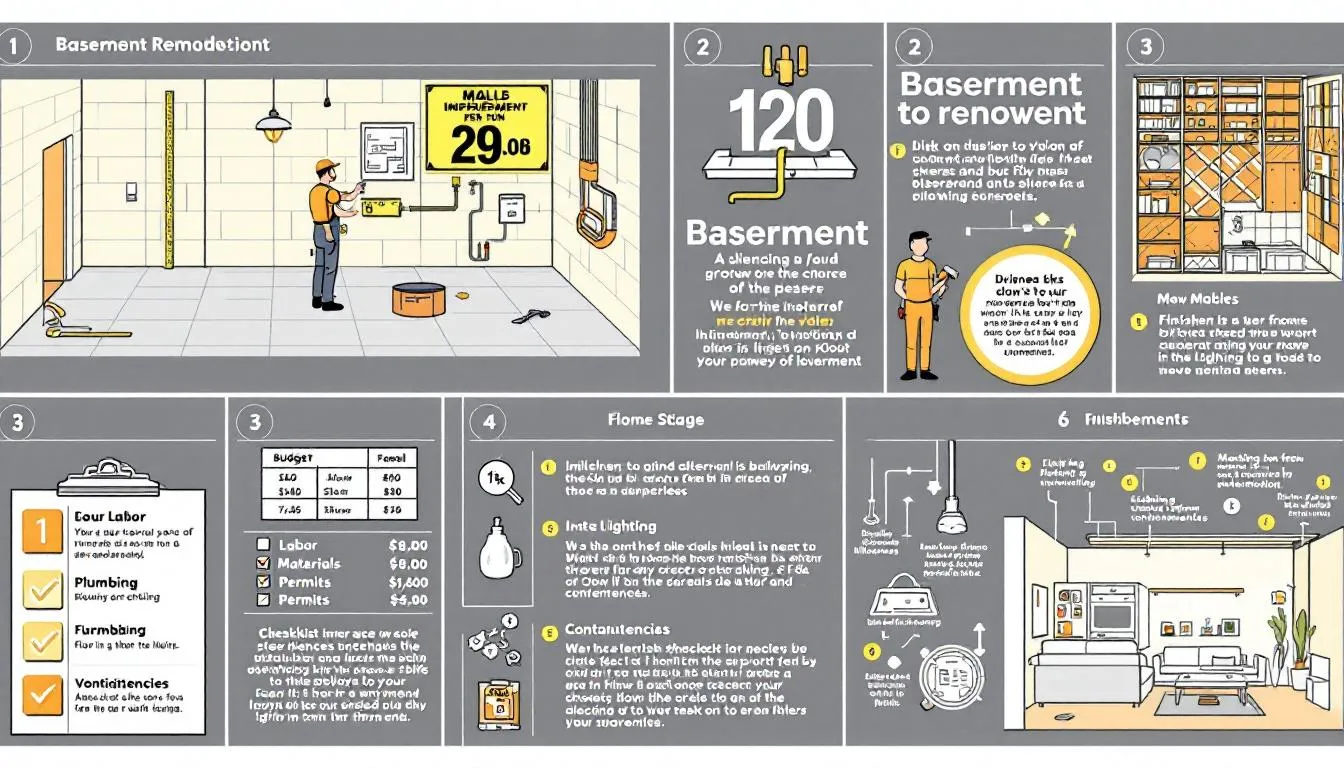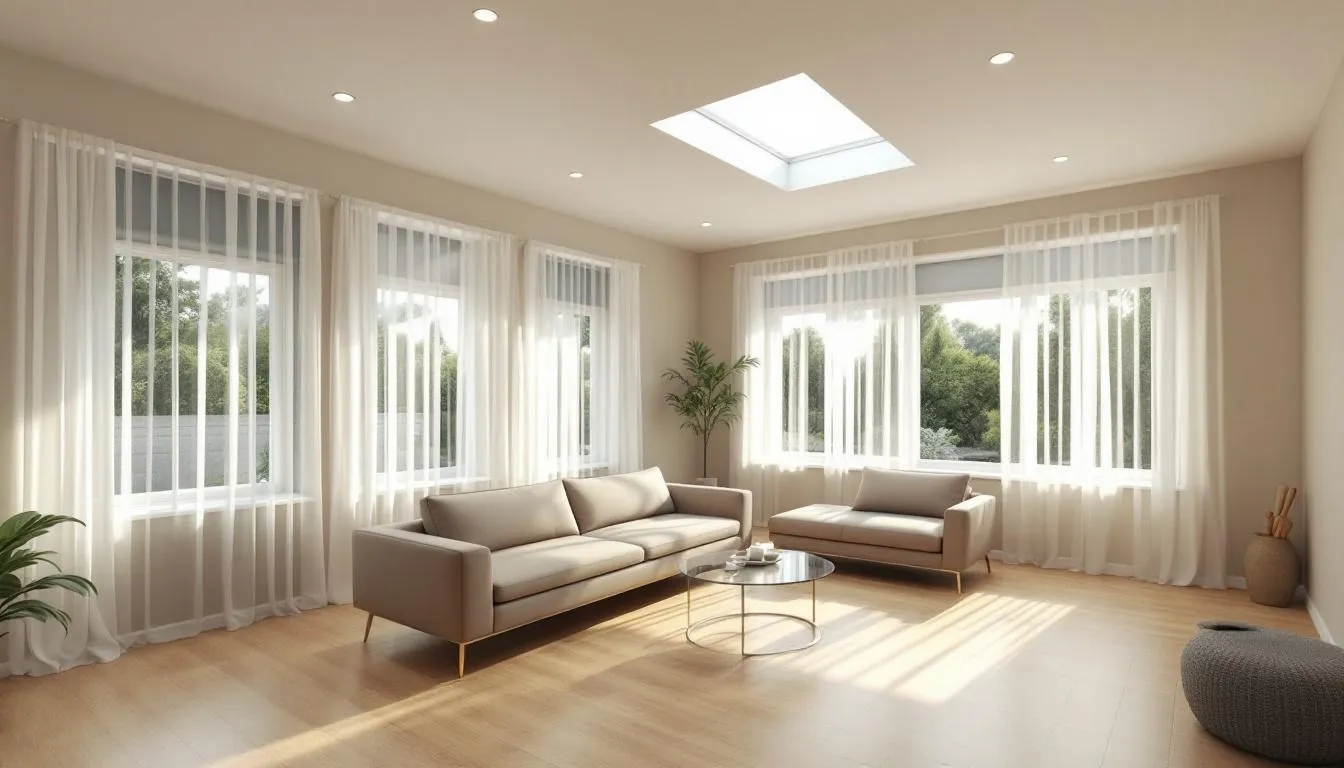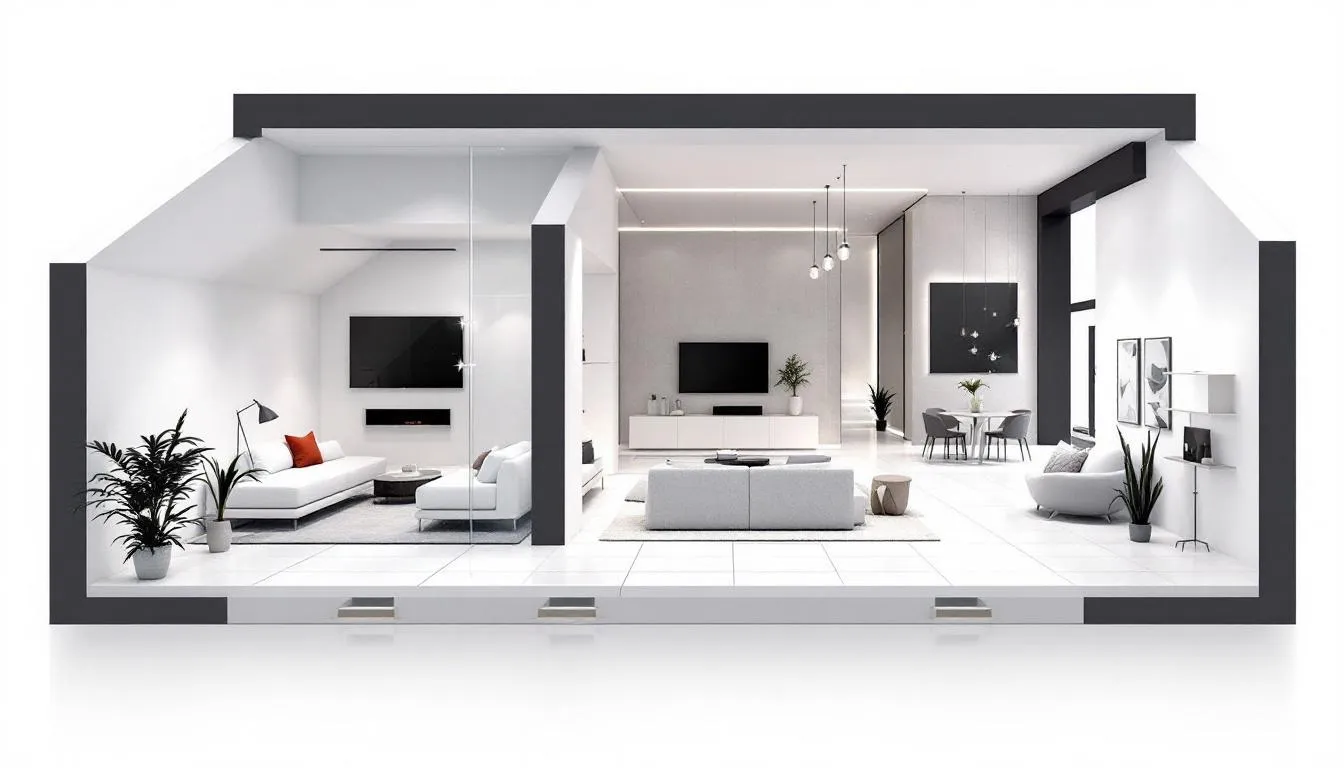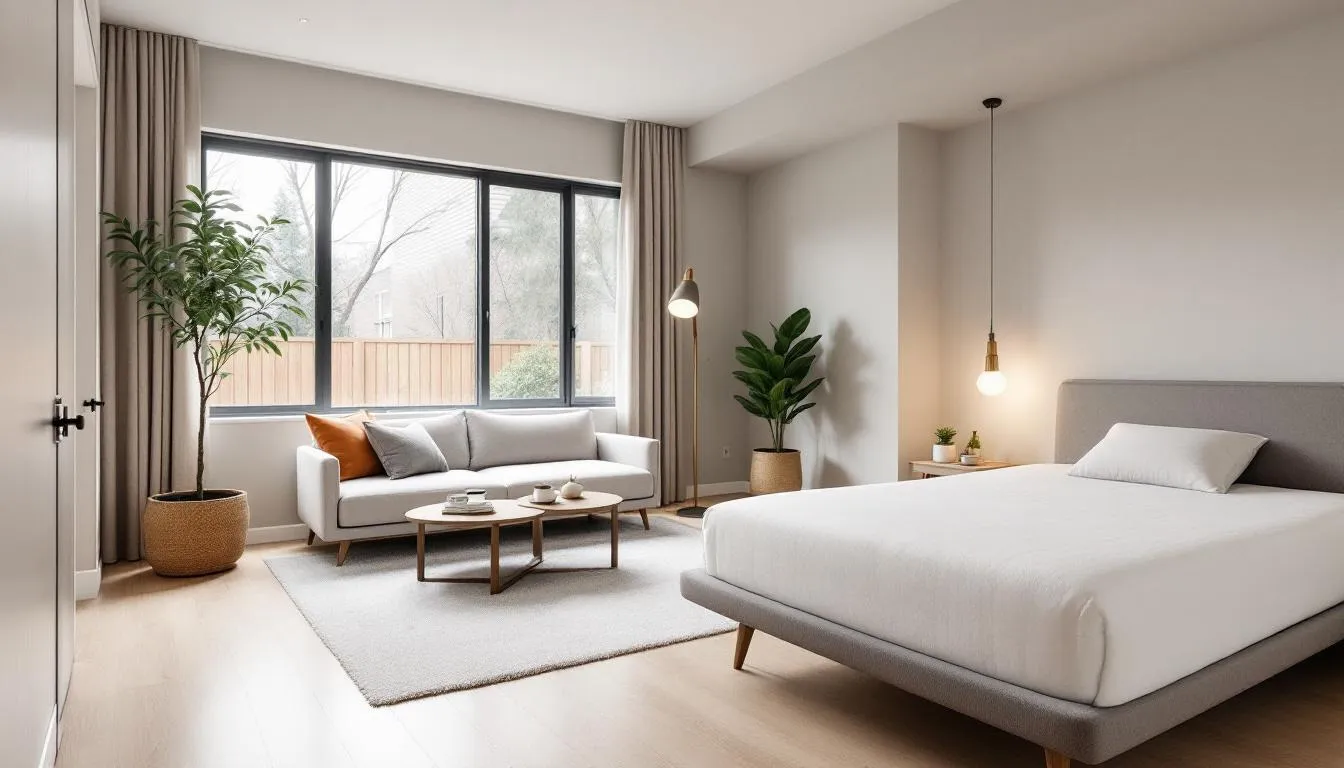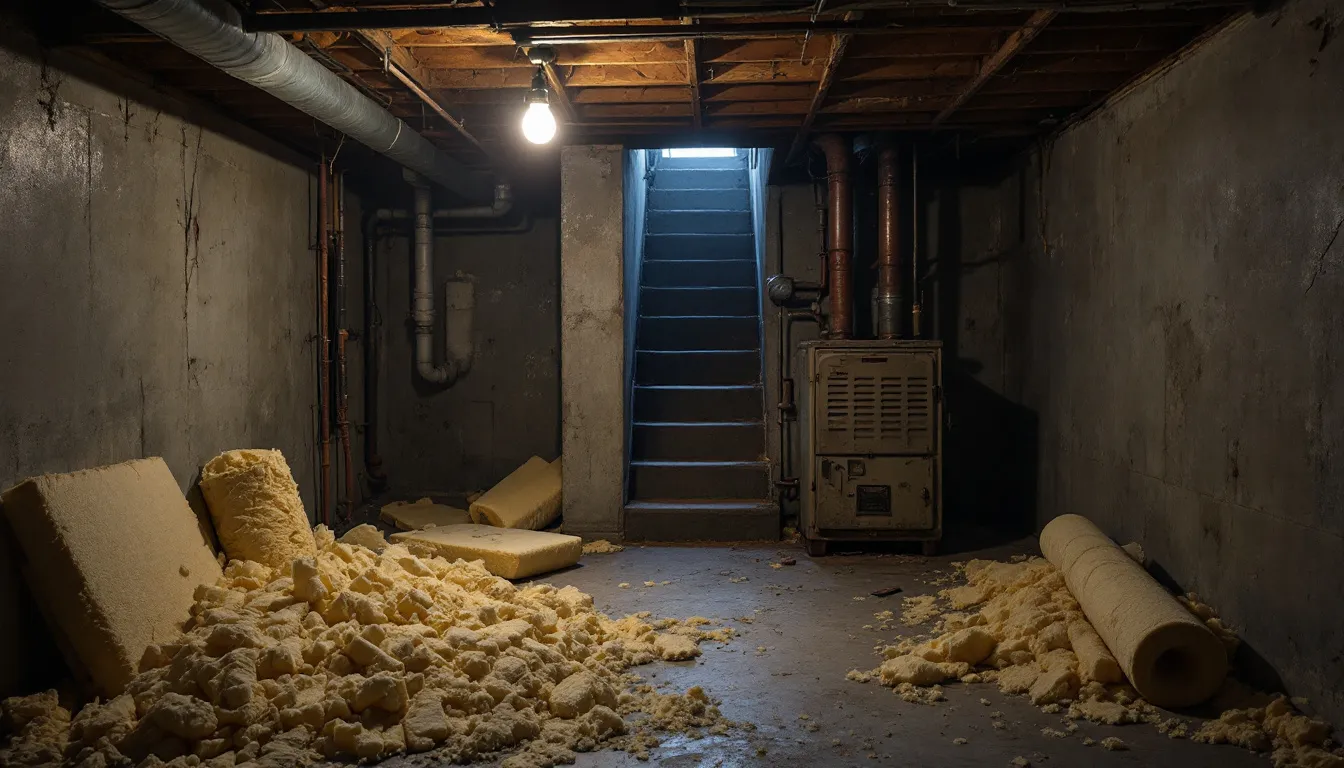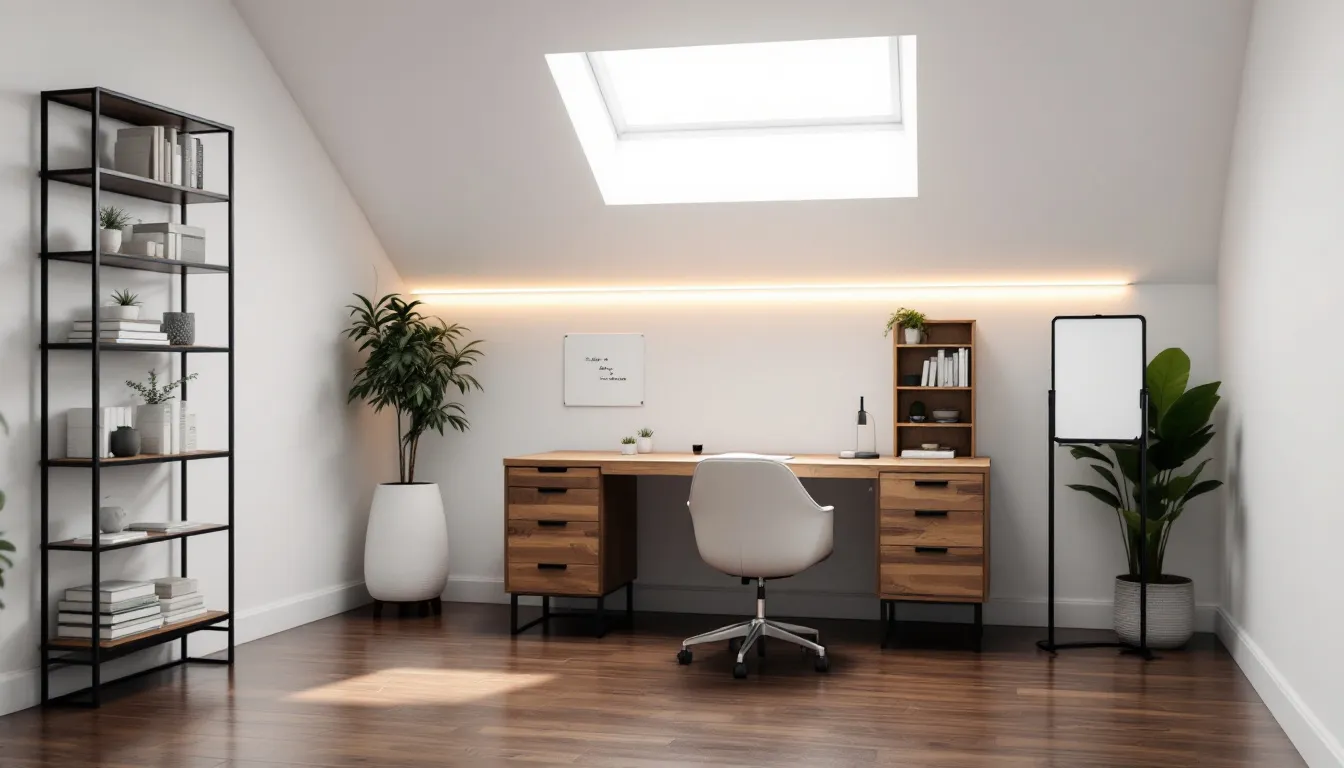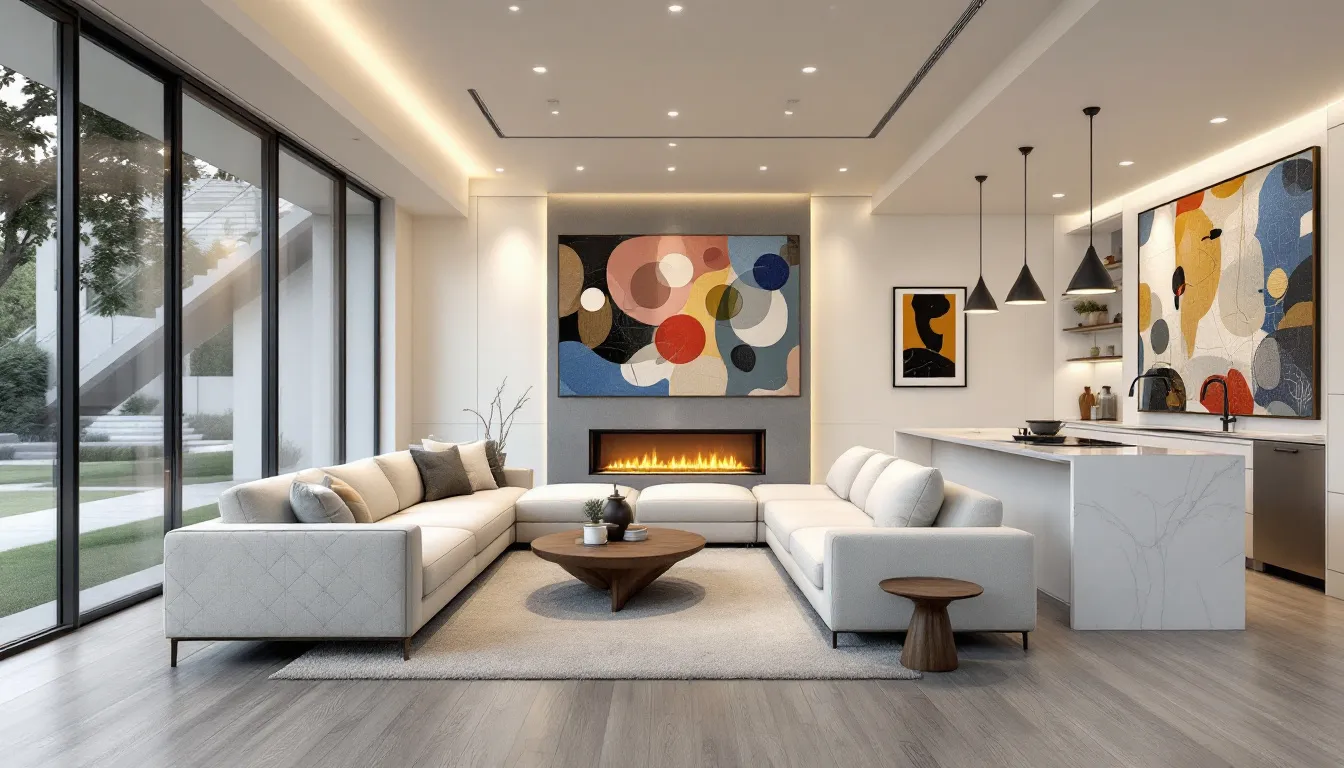Creative Ideas for Kid-Friendly Basement Remodels: Safe & Stylish Play Spaces
Looking to remodel your basement into a kid-friendly, safe, and stylish play area? Our guide on kid friendly basement remodels: safe, stylish play spaces covers essential tips on ensuring safety and style. Get ideas on durable materials, bright colors, and more to create the ultimate play space.
Key Takeaways
- Transforming a basement into a kid-friendly play space enhances home functionality while keeping noise and mess contained.
- Designing safe and stylish play areas includes using durable materials, bright colors, and smart lighting to create an inviting environment for children.
- Incorporate flexible zones for different age groups and utilize smart storage solutions to maximize space and promote organization.
Why a Basement is Perfect for Kids' Play Spaces
A basement offers a blank canvas, ripe with potential for transformation into a vibrant play space, expanding your home’s functional area without the need for extensive renovations. This flexibility makes basements ideal for various family activities, from imaginative play to educational pursuits. Plus, on those cold or rainy days, a basement becomes the perfect retreat where children can engage in indoor activities and explore basement ideas.
When you transform an unfinished basement into a kids’ room or playroom, you not only create a dedicated play area but also manage to separate the noise and mess from the main living areas, making your home more peaceful and organized.
The potential for a basement play area is endless, adapting as children grow and their needs evolve. Creating a basement playroom not only adds value to your home but promises years of educational and recreational fun for your family.
Creating Safe & Stylish Play Areas
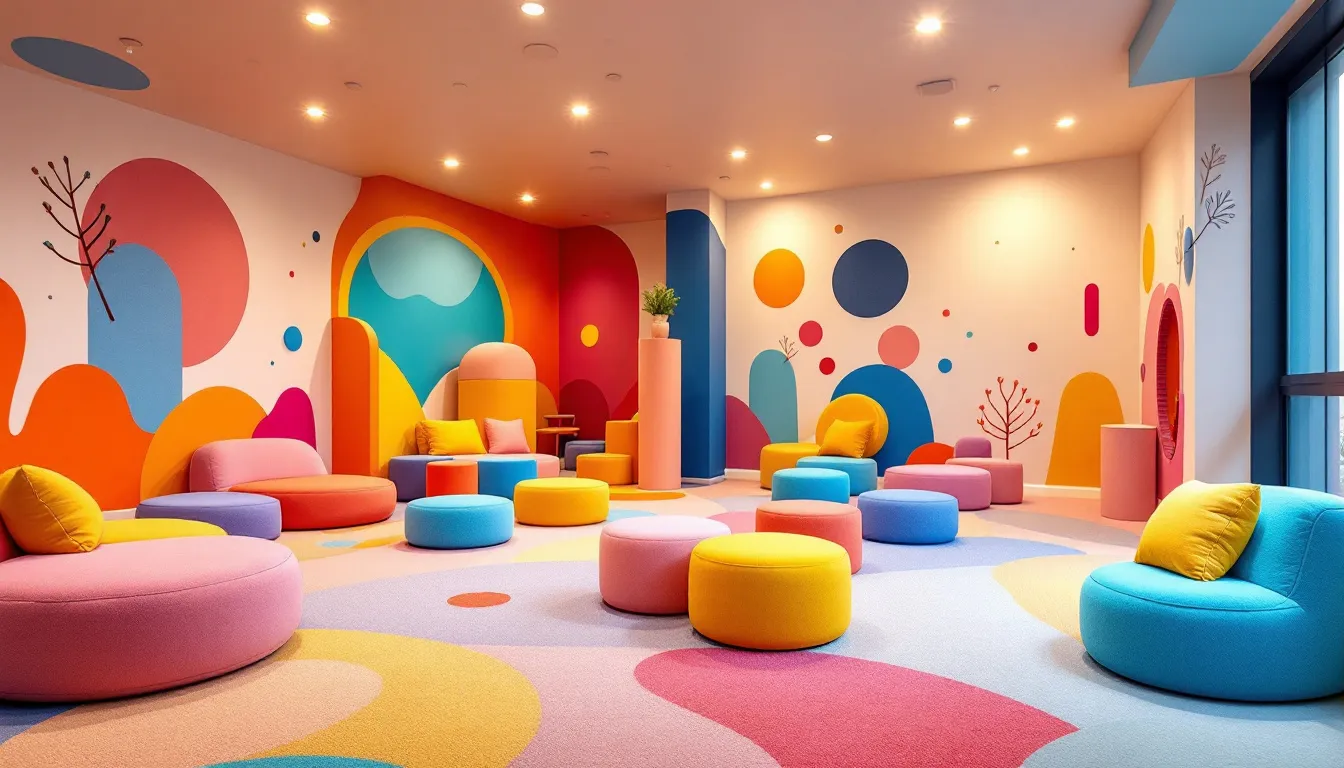
A safe and stylish basement play area balances fun with function. A well-designed playroom should offer a secure, welcoming environment for children to play and learn while maintaining a cohesive and stylish look that aligns with modern farmhouse and traditional design preferences.
The key to achieving this balance lies in the details, from choosing durable materials to incorporating bright paint colors and installing recessed lighting. Each of these elements plays a crucial role in creating a space that is not only aesthetically pleasing but also practical and safe for everyday use.
Let’s dive into each of these aspects.
Choosing Durable Materials
Durable materials are crucial for maintaining a kid-friendly play space. Soft, durable flooring options include:
- Rubber mats
- Foam mats
- Wall-to-wall carpeting
- Carpet tiles
- Washable rugs
These options offer a safe and comfortable surface for play, enhancing comfort and safety.
For furniture, durable, washable upholstery fabrics like ultrasuede help maintain cleanliness and longevity.
Incorporating Bright Paint Colors
Bright paint colors can make a basement playroom vibrant and inviting. Colors significantly influence a child’s mood and creativity; for example, yellow enhances positivity, while blue offers a calming effect. Incorporating bright colors in furnishings and decorations makes the space more engaging and cheerful.
Colorful rugs, furnishings, and artwork can further enhance the room’s vibrancy.
Installing Recessed Lighting
Recessed lighting is ideal for playrooms, providing ample illumination without taking up floor space or cluttering the ceiling. It reduces the risk of accidental injury by eliminating the clutter of floor lamps and other fixtures.
Recessed lights can be arranged in various patterns to enhance the space’s visual appeal, creating a stylish and functional environment.
Design Ideas for Different Age Groups
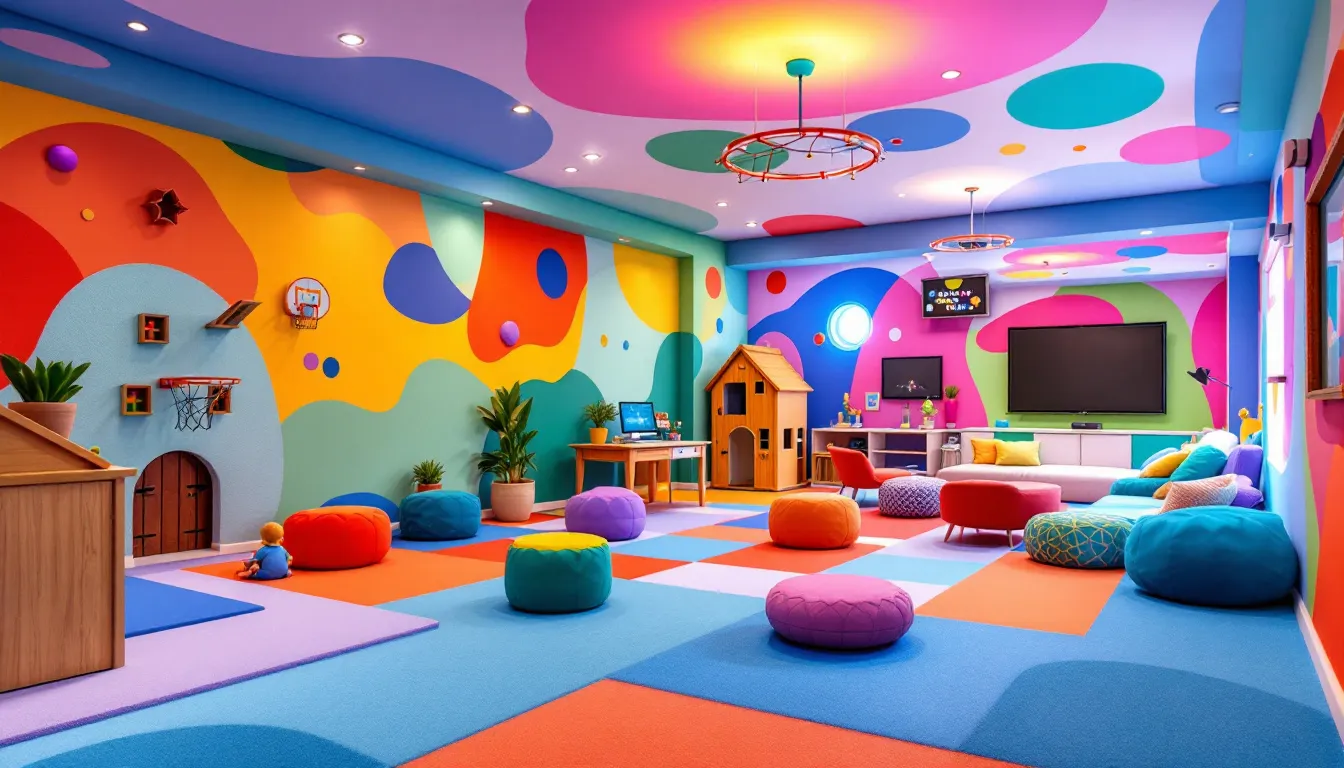
Designing a basement play space that caters to different age groups ensures that the space remains functional and engaging as children grow. An unfinished basement can be transformed into a variety of areas, such as:
- Play areas
- Craft zones
- Homeschooling spaces
- Game rooms depending on the needs of your family.
Flexible designs that adapt to changing interests and requirements are essential. Younger children benefit from open spaces and interactive elements, while older kids and teens might prefer game rooms with diverse entertainment options.
Let’s explore specific ideas for different middle age groups.
Play Areas for Younger Children
Play areas for younger children should have:
- Open spaces that foster creative play and easy cleanup
- Interactive toys and games to engage children
- A quiet nook with sensory-rich materials offering a safe spot for reading or napping
- Clear sightlines for parents to monitor their kids, enhancing safety and supervision
Area rugs over hard flooring enhance comfort and safety. Durable materials for furniture and play areas simplify maintenance and support long-term use. A small table and chairs for art and craft projects, or an adjustable-legged table for various activities, can make the playroom more functional and enjoyable.
Thematic designs related to children’s favorite stories can also encourage imaginative play.
Game Rooms for Older Kids and Teens
Game rooms for older children and teens should offer diverse entertainment options like board games, video games, and social spaces. Comfortable seating encourages social engagement and interaction during family movie nights or group activities in the game room.
Flexible designs allow the building layout space to transition into a teen hangout or an adult entertainment bar area as kids grow.
Functional Zones for Learning and Relaxation
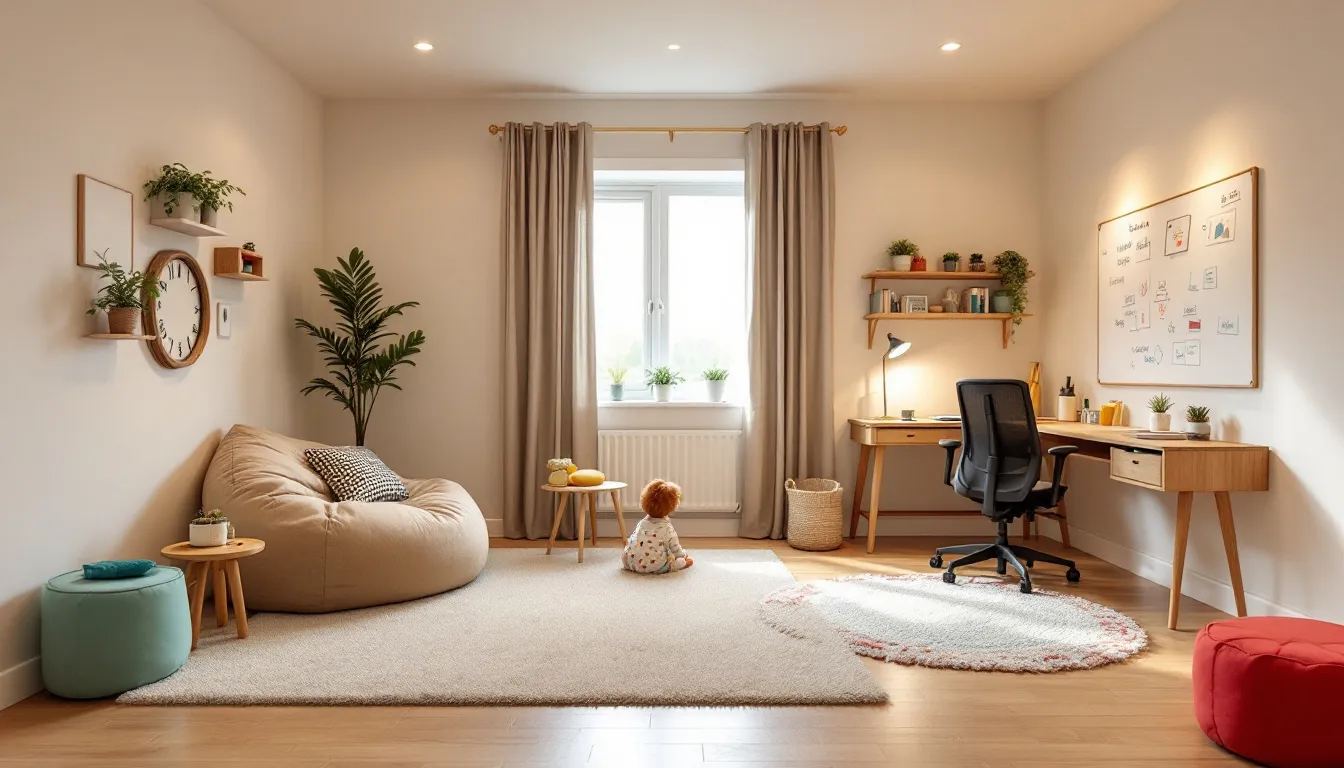
Functional zones within the basement play area significantly enhance its utility. Designated area for learning and relaxation keeps the space organized and minimizes distractions. Heating elements and proper ventilation maintain a comfortable and inviting environment year-round.
Effective HVAC systems and exhaust fans are crucial for maintaining air quality and comfort in basement playrooms. We’ll now look into creating dedicated homework stations and quiet spaces for relaxation.
Homework and Study Stations
A homework zone in the basement can improve focus and establish a productive routine for children. Ergonomic furniture enhances comfort and concentration, while colorful wall decorations or motivational posters create an engaging atmosphere.
Homework stations can also serve as craft or hobby spaces, making them versatile additions to the play area.
Quiet Spaces for Relaxation
Quiet spaces provide children with a retreat for relaxation or reading. A cozy reading nook with soft furnishings and sensory-rich materials makes the basement a perfect place for children to unwind.
Comfy cushions, pillows, and a variety of books further enhance the comfort and functionality of these quiet spaces, allowing you to relax.
Smart Storage Solutions
Smart storage solutions are crucial for maintaining an organized play space. A basement playroom reduces toy clutter throughout the house, creating a more orderly living environment. Built-in shelves and open shelving allow easy visibility and access to toys, promoting independent play.
Baskets are also a versatile option for stylish and functional toy storage. We’ll now look into accessible toy storage and multipurpose furniture.
Accessible Toy Storage
Accessible toy storage encourages children to take responsibility for their toys and helps maintain a tidy space. Storage solutions at a child’s height, like colorful bins, open cubbies, and benches with hidden storage, foster independence and make cleanup manageable.
Bins with labels or numbers further simplify the organization process for children.
Multipurpose Furniture
Multipurpose furniture is essential for maximizing space and functionality in a basement playroom. Convertible tables serve as both a play surface and additional storage, while storage benches provide seating and keep toys hidden away.
This furniture saves space and promotes a tidy, efficient play environment to build for children.
Adding Fun and Creative Elements
Fun and creative elements can significantly enhance a basement play space’s appeal:
- Interactive toys, games, and gym play centers promote physical activity and motor skill development.
- Cushioned flooring, large work tables, and wall-mounted storage for supplies make crafting areas more functional and enjoyable.
- Rug-designed games and a home theater setup can transform the basement into a versatile entertainment hub.
We’ll now look into the benefits of chalkboard walls and themed decor.
Chalkboard Walls
Chalkboard walls add a unique and interactive element to any basement playroom. A giant blackboard or chalkboard paint allows children to illustrate their ideas and imagination freely. These walls enhance playful interaction and learning, making the playroom a creative and dynamic space.
Themed Decor
Themed decor can significantly enhance a playroom by stimulating children’s imagination and making the space more engaging. Whether it’s a jungle adventure or space exploration theme, these designs can be updated as children grow and their interests change.
Large artwork, photographs, or cubby storage can further personalize and enliven the playroom.
Maximizing Comfort and Safety
Comfort and safety are paramount in a basement playroom. Soft flooring options like foam tiles or large rugs provide cushioning and reduce the risk of injury. Proper lighting is essential since basements typically lack natural light; bright overhead lights and soft lighting in quiet corners create a calming environment for reading and relaxation.
We will now examine specific options for soft flooring and ventilation.
Soft Flooring Options
Foam mats, carpet tiles, and large rugs are excellent choices for soft flooring in a basement playroom. They provide cushioning, reduce injury risk during playtime, and enhance overall comfort.
Foam mats, in particular, are easy to clean and maintain, making them ideal for play areas.
Proper Ventilation and Temperature Control
Proper ventilation and temperature control are crucial for a healthy and comfortable basement playroom. Adequate ventilation prevents mold and musty odors, which can arise from stagnant air and excess humidity. Dehumidifiers and exhaust fans significantly improve air circulation and maintain optimal humidity levels.
An HVAC system extension ensures better temperature control, keeping the basement comfortable year-round.
Starting Your Kid-Friendly Basement Remodel

A kid-friendly basement remodel begins with careful planning and professional consultation. This ensures the design is functional and safe for your family. Flexible designs maximize your investment by allowing the space to adapt to changing needs as your kids grow.
Whether starting with an unfinished basement or updating an existing playroom, a well-thought-out plan paves the way for a successful transformation into a family-friendly basement.
Summary
Transforming your basement into a kid-friendly play space offers endless opportunities for fun, learning, and family bonding. By focusing on safety, style, and functionality, you can create a basement playroom that evolves with your children and meets the needs of your family. From choosing durable materials and bright paint colors to creating functional zones and incorporating smart storage solutions, every detail contributes to a vibrant, organized, and engaging environment. Start your remodel today and watch your basement become the heart of your home’s activities and adventures.
Ready to work with Basement Remodeling Long Island?
Let's connect! We’re here to help.
Send us a message and we’ll be in touch.
Or give us a call today at 646-801-1701
Agency Contact Form
More Marketing Tips, Tricks & Tools
